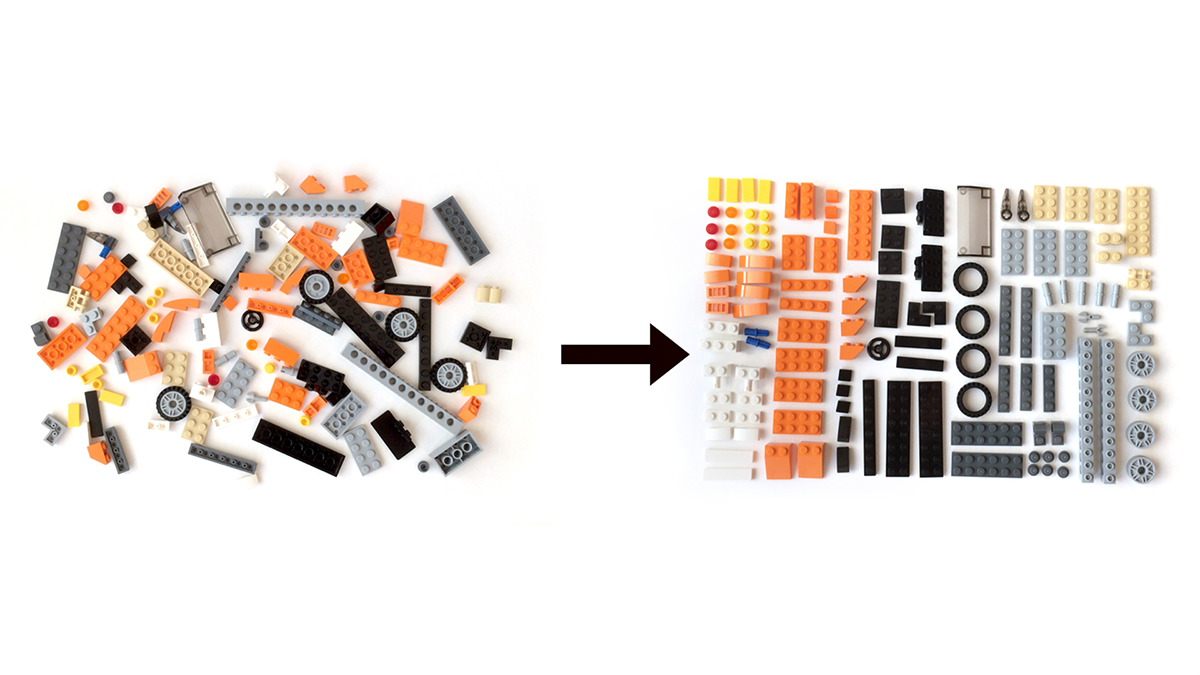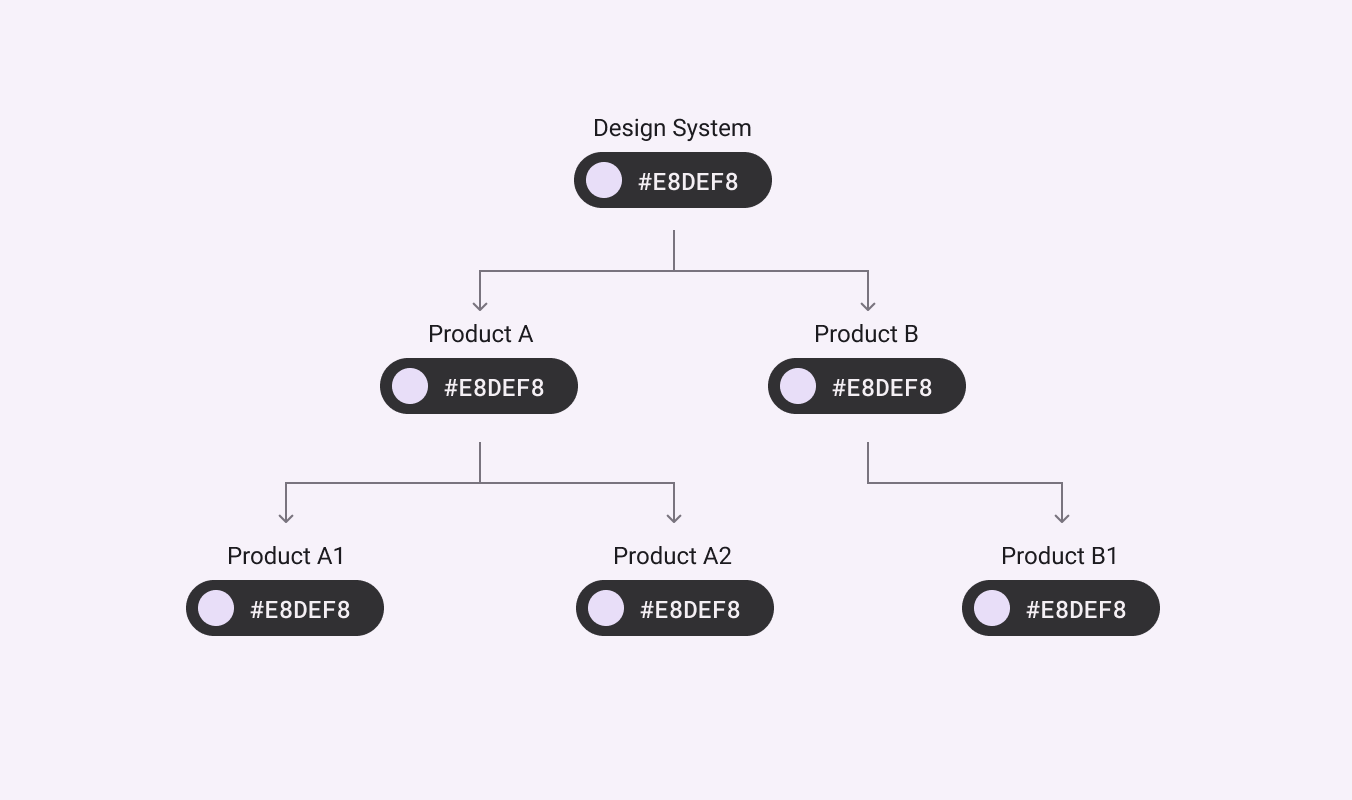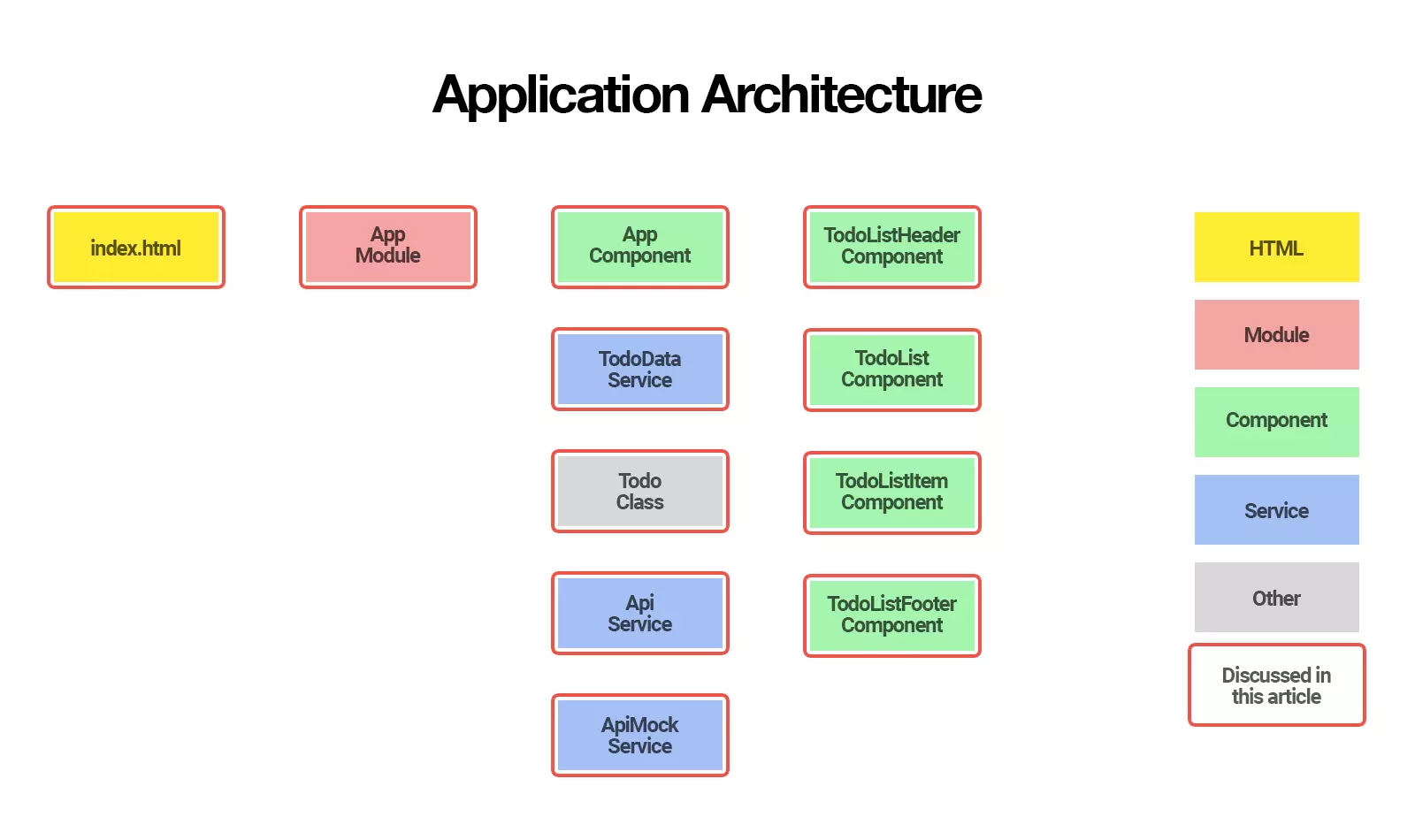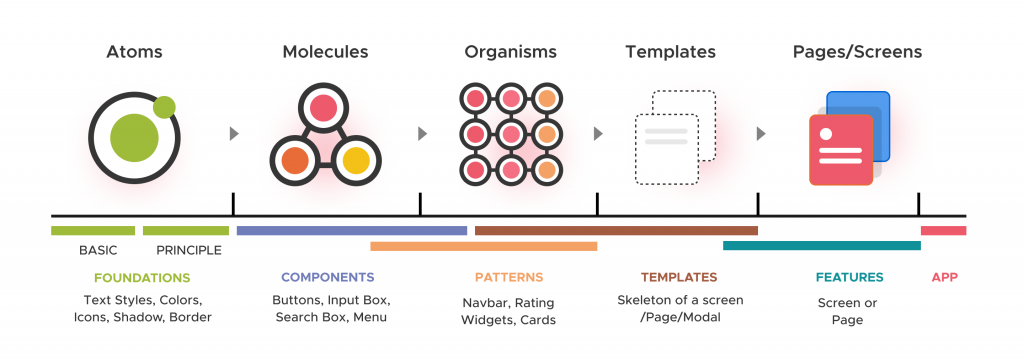The Rise of Atomic Design Systems
September 12, 2024 | By Sarah Miller, Lead Developer

The Evolution of Design Systems
Modern web development has undergone a significant transformation in how we approach component architecture. The rise of atomic design systems represents a fundamental shift from traditional, page-based design to a more systematic, component-driven approach that prioritises reusability and consistency.
Understanding Atomic Design
Atomic design, introduced by Brad Frost, breaks down interfaces into five distinct levels:
- Atoms: Basic HTML elements (buttons, inputs, labels)
- Molecules: Simple components combining atoms
- Organisms: Complex components formed from molecules
- Templates: Page-level component arrangements
- Pages: Specific instances of templates

The Role of Design Tokens
Design tokens serve as the foundation of modern design systems, acting as the single source of truth for:
- Colors and typography
- Spacing and sizing
- Animation timings
- Breakpoints and media queries
These tokens enable consistent styling across platforms while facilitating theme switching and brand updates through centralised management.
Utility-First Frameworks
Tailwind CSS has revolutionised how we implement design systems through its utility-first approach. Benefits include:
- Reduced CSS complexity
- Improved development speed
- Better maintainability
- Consistent spacing and styling

Implementation Strategies
Successfully implementing an atomic design system requires careful planning:
1. Component Documentation
Maintain comprehensive documentation using tools like Storybook to showcase component variants, props, and usage examples.
2. Version Control
Implement semantic versioning for your design system to manage updates and maintain backward compatibility.
3. Build Process
Set up efficient build pipelines that generate both JavaScript components and corresponding CSS utilities.
4. Testing Strategy
Implement visual regression testing to ensure component consistency across updates.
Impact on Development Workflow
Atomic design systems significantly improve development workflows through:
- Faster prototyping and iteration
- Reduced technical debt
- Improved team collaboration
- Consistent user experience

Future Trends
The future of design systems points toward:
- AI-assisted component generation
- Advanced theme customization
- Cross-platform design tokens
- Automated accessibility compliance
Conclusion
Atomic design systems represent more than just a trend; they're a fundamental shift in how we approach web development. By embracing component-driven architecture and utility-first frameworks, teams can build more maintainable, consistent, and scalable applications while significantly improving development efficiency.